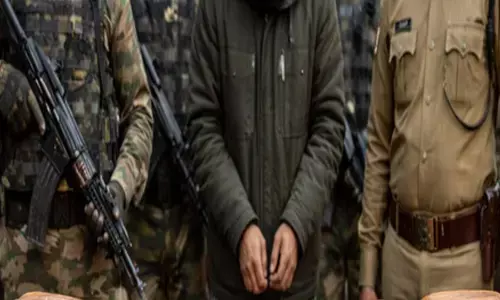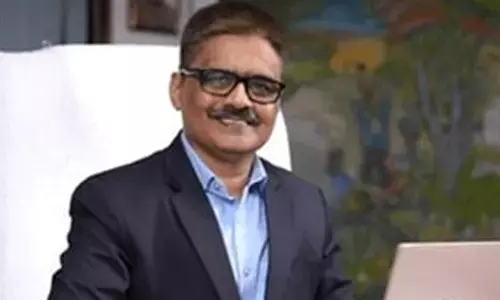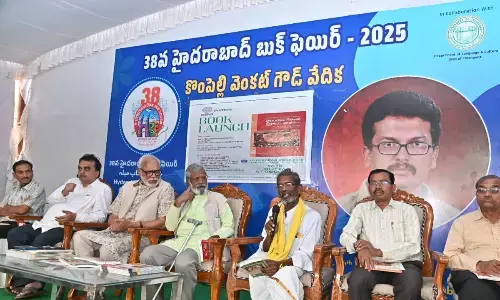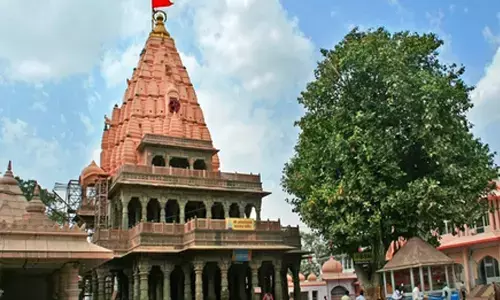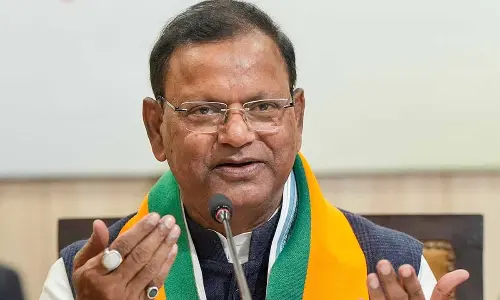Vehicular emissions top contributor: CSE
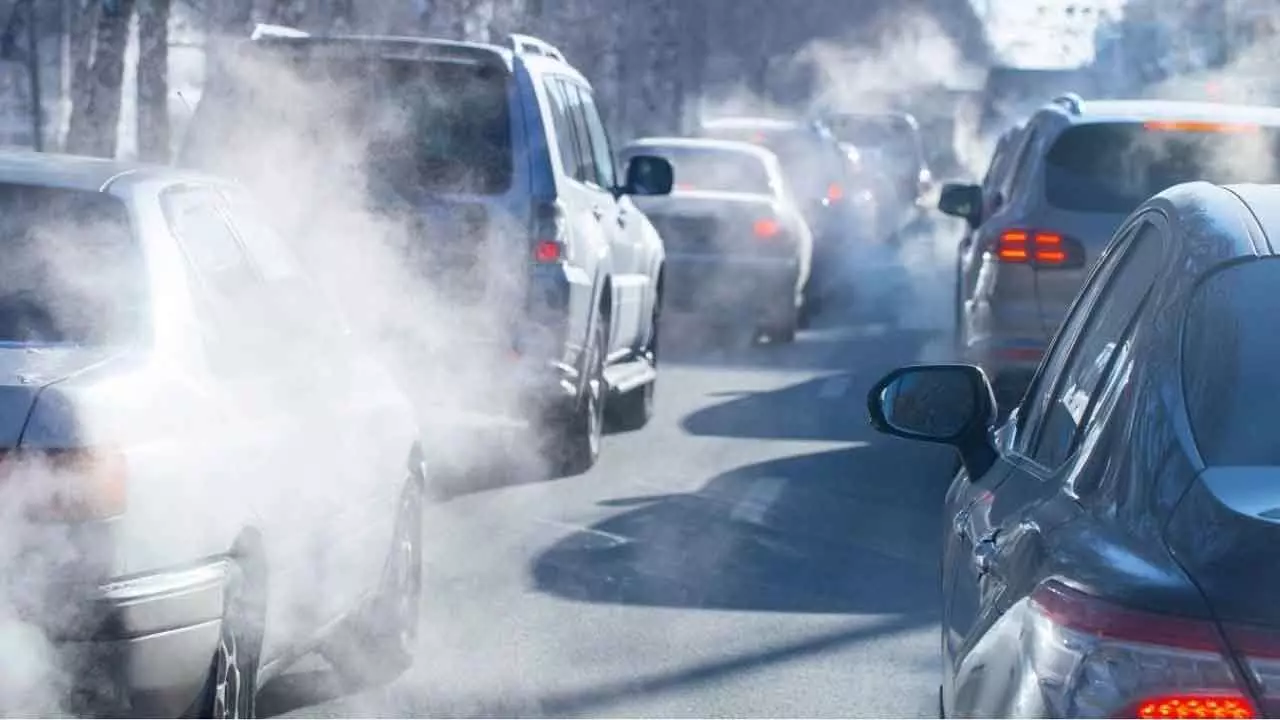
New Delhi: Vehicular emission is the top contributor to Delhi's pollution during winter season--more than stubble burning, road dust or bursting of fire crackers -- with over 50 per cent of pollution from local sources linked to city's fragmented transportation system, according to the Centre for Science and Environment (CSE).
An estimated 1.1 million vehicles enter and exit Delhi daily, further worsening the air quality. The traffic caused from this vehicle influx intensifies pollution, particularly nitrogen oxides (NOx), which account for 81 per cent of NOx pollution in Delhi.
According to data presented by the CSE, local pollution sources in Delhi account for 30.34 per cent of the city's air pollution (50.1 per cent of which is contributed through transportation), while 34.97 per cent originates from the neighbouring NCR districts and 27.94 per cent from other areas.
Stubble burning contributes only 8.19 per cent to Delhi's pollution levels. These data points are based on the CSE's analysis from different bodies, including the IITM, TERI-ARAI, CPCB's real-time air quality data and traffic data from Google map, among others.
"The major reason behind the rising air pollution in Delhi is the state of transportation. Stubble burning, road dust and the bursting of firecrackers are concerning, but they are not as significant as this issue. We must not focus on assigning blame -- whether it's the Centre's responsibility or the states' or blaming farmers or firecrackers," CSE Director General Sunita Narain told a press conference.
"While farm fires and firecrackers do aggravate pollution during the winter due to adverse weather conditions, they are not the sole contributors. The top contributor is vehicular emissions and we need year-round efforts to address this problem. Implementing GRAP alone, as an emergency measure, will not be enough," she added.
The CSE highlighted the need for an integrated transportation system focused on improving public transport to address these issues. Currently, public transport in Delhi is costly for the users, with around 50 per cent of public transport users spending 18 per cent of their annual income on transit, compared to 12 per cent for private vehicle owners.
This cost difference is due to the higher journey times and frequent interchanges required for bus travel, leading to a total cost nearly double that of private transport, as per the presented data. Despite the demand, Delhi's public transport system remains inadequate.









